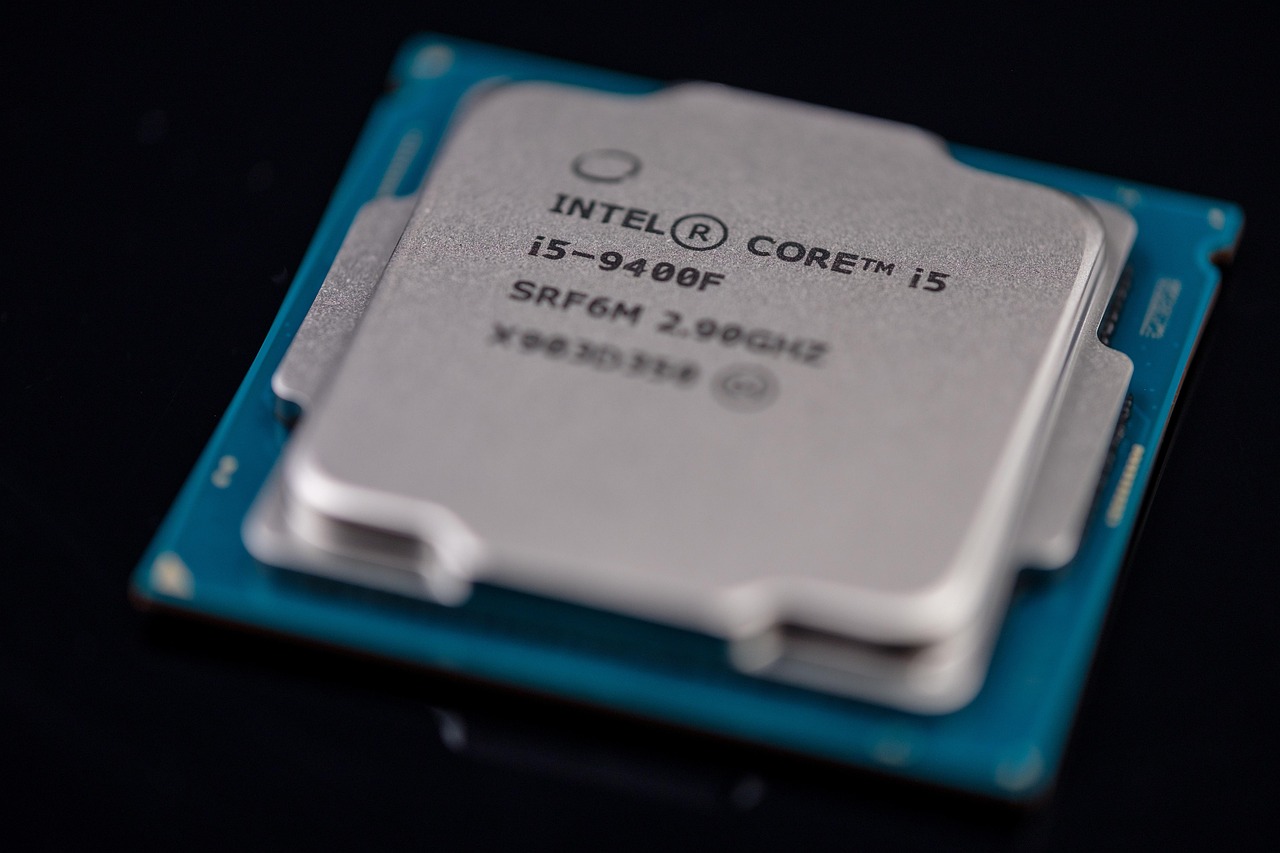Legacy Core Platforms Decommissioned in Favor of SaaS Models

In a decisive shift within the technological landscape, enterprises worldwide are decommissioning legacy core platforms in favor of modern Software as a Service (SaaS) models. This transition is driven by the need for enhanced operational efficiency, scalability, and agility in an increasingly digital-first global economy.
Legacy systems, often characterized by their monolithic architectures and reliance on outdated technologies, have long been the backbone of many organizations. However, their limitations in the face of rapid technological advancements and evolving business needs have prompted a reevaluation. Organizations are now recognizing the strategic advantage of moving towards SaaS models, which offer a range of benefits that legacy systems simply cannot match.
SaaS models provide several compelling advantages:
- Scalability: SaaS solutions can easily scale to accommodate growing business demands without the need for substantial physical infrastructure investments.
- Cost Efficiency: The subscription-based pricing structure of SaaS eliminates the need for hefty upfront capital expenditures associated with legacy systems.
- Accessibility: With SaaS, users can access applications from anywhere, facilitating remote work and collaboration across geographically dispersed teams.
- Automatic Updates: SaaS providers manage software updates and patches, ensuring that users always have access to the latest features and security enhancements.
- Integration Capabilities: Modern SaaS platforms are designed to integrate seamlessly with other tools and technologies, providing a cohesive digital ecosystem.
Globally, the shift to SaaS models has been bolstered by significant advancements in cloud computing technologies, increased internet penetration, and a growing emphasis on digital transformation strategies. According to industry reports, the SaaS market is projected to continue its robust growth trajectory, with enterprises across sectors embracing cloud-based solutions to maintain competitive advantages.
Several industries have been at the forefront of this transition. For instance, the financial services sector, which has traditionally relied on cumbersome legacy systems, is increasingly adopting SaaS solutions to enhance customer experiences and streamline operations. Similarly, the healthcare industry is leveraging SaaS to improve patient care through better data management and interoperability.
However, the transition from legacy systems to SaaS models is not without challenges. Organizations must navigate data migration complexities, address potential security concerns, and ensure compliance with regulatory requirements. Effective change management strategies are essential to mitigate disruptions and ensure a smooth transition for users.
Companies undertaking this transformation must also consider the cultural shift required within their organizations. As employees adapt to new tools and workflows, continuous training and support become crucial to harness the full potential of SaaS solutions.
In conclusion, the move away from legacy core platforms towards SaaS models represents a paradigm shift in how businesses approach technology infrastructure. With the promise of increased efficiency, cost savings, and innovation, SaaS is poised to become the standard for modern enterprises. As organizations continue to embrace this change, the focus will remain on optimizing operations and delivering enhanced value to customers in a rapidly evolving digital world.













